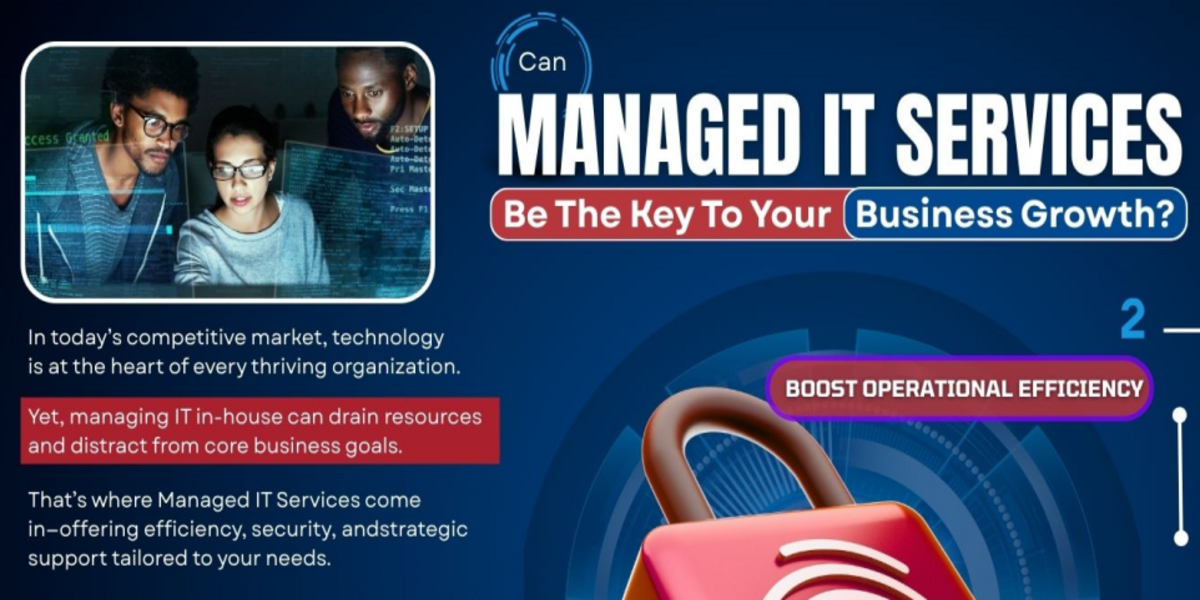Employee Engagement is critical to the success of any organization, and an HRMS can play a crucial role in fostering employee engagement. By automating HR processes and providing employees with self-service tools, an HRMS can help create a more engaging work environment.
An HRMS can also help organizations measure employee engagement levels. An HRMS can provide insight into which employees are engaged and which are not by tracking employee satisfaction and turnover. You can use this information to improve engagement strategies and programs. Additionally, an HRMS can help identify trends in employee engagement over time, allowing organizations to make changes to their engagement programs as needed.
Why is employee engagement essential?
Engaged employees are more productive, creative, and motivated. They are also less likely to leave the company, saving money on recruitment and training costs. Additionally, engaged employees provide better customer service and contribute to a positive work environment.
Employee engagement is therefore essential to the success of any organization. By engaging employees in the workplace, organizations can reap the many benefits of a motivated and productive workforce.
There are several ways to enhance engagement within an organization. Some methods include providing employees with opportunities for growth and development, offering flexible working arrangements, and creating a culture of open communication. Regular recognition and appreciation of employees’ contributions can also go a long way in engendering engagement.
When employees are engaged, they feel a sense of ownership and responsibility for their work. They are more likely to be creative and come up with new ideas, and they are also more productive. As a result, employee engagement leads to better organizational outcomes.
How does HRMS improve employee engagement?
There are numerous ways to enhance employees’ engagement within the organization through HRMS plays its role. Let’s have a look!
By automating HR processes
This can help reduce the workload for HR professionals and also help to ensure that employees are kept up to date with the latest information and changes.
By tracking employee performance
This can help identify areas where employees need improvement and also help to provide feedback that you can use to motivate and encourage employees.
By providing training and development opportunities
This can help employees improve their skills and knowledge and help make them feel more valued by the organization.
By promoting communication
This can help ensure that employees are kept up to date with the latest information and changes and also help to foster a more open and positive working environment.
Advantages of strong HRMS in employee engagement
The success of any organization depends on engaged employees. A robust HRMS system can promote employee engagement by providing the tools and data necessary to support specific engagement initiatives. Here are five ways a strong HRMS can help improve employee engagement:
Improved communications
A robust HRMS system can help improve communication between managers and employees by providing a central platform for communication and collaboration.
Increased transparency
A robust HRMS system can help increase transparency in the organization by providing employees with access to data and information that they need to make informed decisions.
Improved performance management
A robust HRMS system can help improve performance management by providing managers with the tools and data necessary to track and measure employee performance.
Increased engagement
A robust HRMS system can help increase engagement by allowing employees to connect with managers through a central platform.
Improved retention
A robust HRMS system can help improve retention by allowing employees to connect with managers through a central platform.
In short, a robust HRMS system can promote the engagement of the employees by providing the tools and data necessary to support specific engagement initiatives. By improving communication, increasing transparency, and improving performance management, a robust HRMS system can help improve employee engagement.
SimplyHRMS and employee engagement
SimplyHRMS is a complete and comprehensive HRM software solution that covers everything from employee tracking and payroll to performance reviews and engagement initiatives. Its intuitive interface makes it easy for both HR professionals and employees, while its robust features ensure that all your HR needs are met.
SimplyHRMS improves the engagement of the employees by automating many of the tedious and time-consuming tasks that HR professionals deal with daily. This includes tracking employee leave, managing payroll, and performance review processes. SimplyHRMS frees up HR professionals to focus on more strategic initiatives to improve employee retention by automating these tasks.
In addition, SimplyHRMS provides employees with self-service tools that they can use to view their personal information, request time off, and submit feedback. These tools empower employees and make them feel more invested in their work. Ultimately, SimplyHRMS is the perfect tool for improving employee satisfaction and retention.
Key Takeaways
The bottom line is that employee engagement is critical to the success of any organization, and an HRMS can play a crucial role in fostering employee engagement. By automating HR processes and providing employees with self-service tools, an HRMS can help create a more engaging work environment. Additionally, an HRMS can help managers identify engaged employees and provide them with opportunities to further their engagement.
Additionally, an HRMS can help organizations measure employee satisfaction levels and identify trends over time. Ultimately, an HRMS can help organizations create a more engaged workforce, improving organizational performance. HRMS software, like SimplyHRMS, can be a life savior in such situations. Contact us today to learn more about how we can help you engage your employees!




Comments are closed.